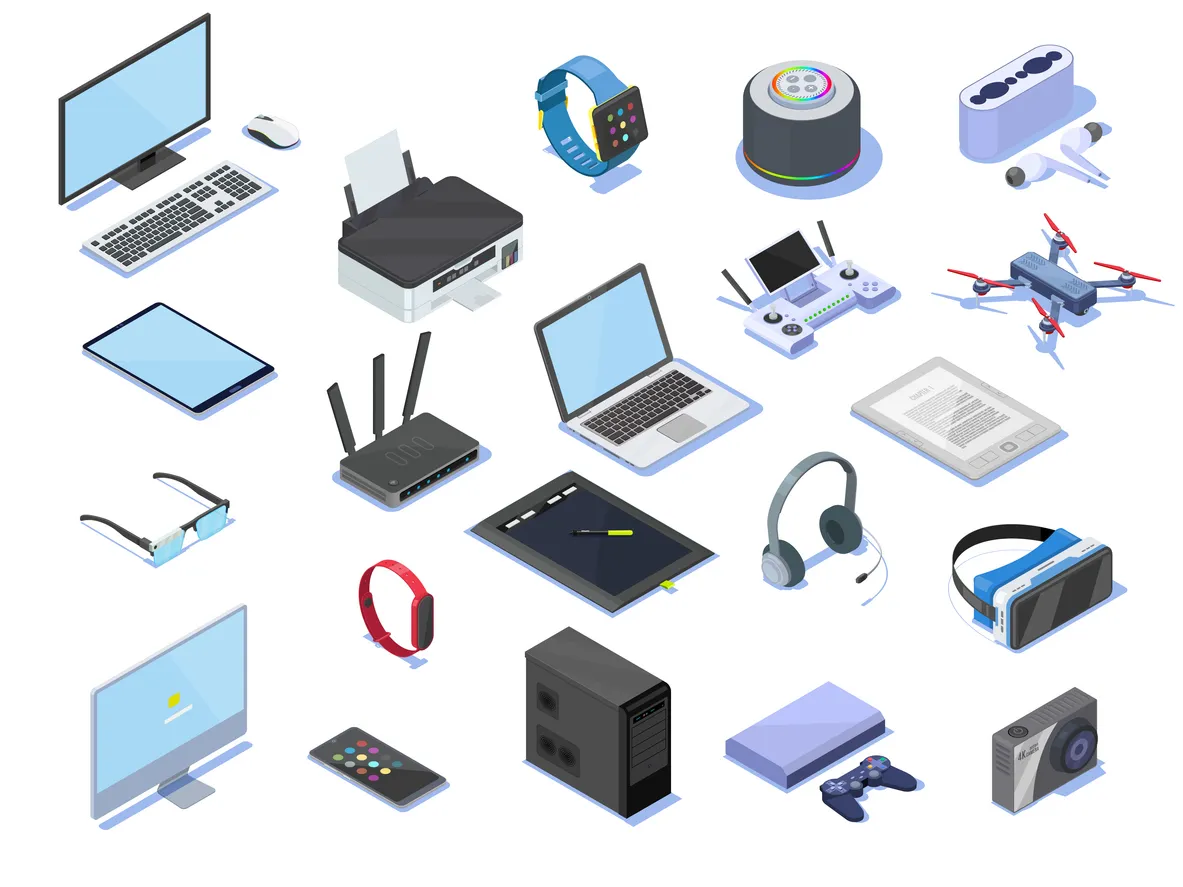Russia’s Digital Crackdown on Counterfeit Auto Parts Is Paying Off
A national traceability system that labels every tire — and soon every motor oil and antifreeze bottle — has cut the country’s black market in half and given consumers a way to verify authenticity with a simple scan.

Russia is fighting counterfeit auto parts with data. A sweeping digital labeling project has already cut the circulation of illegal tires by 50 percent and is now expanding to cover motor oils and automotive fluids. The system, launched in 2020, requires that every tire sold in the country carry a unique digital ID code—one that lets regulators and shoppers trace the product’s journey from factory to shop floor.
Under the rules, only retailers connected to the government’s monitoring network can legally sell labeled products. Unmarked tires are automatically banned from sale. The country’s consumer protection agency, Rospotrebnadzor, has carried out thousands of inspections, confiscating more than 10,000 unlabeled tires and filing hundreds of administrative cases.
A QR Code Against Fakes
The digital ecosystem goes beyond industry enforcement. Through a mobile app called Chestny ZNAK (“Check Honest”), Russian consumers have scanned over 1.4 million tires to verify their authenticity. The app instantly tells users whether an item is legitimate, expired, or entered the market illegally — effectively turning millions of smartphone owners into on-the-ground inspectors.
Next Target: Engine Oils and Coolants
The system’s next stage, launched in March 2025, expands labeling to lubricants and special automotive fluids, including motor oils, brake fluids, and antifreeze. Manufacturers and importers must start applying the unique codes by September 1, 2025, and all unlabeled stock will be banned from sale starting December 1, 2025.
Russia’s digital labeling experiment represents a rare success in the fight against counterfeits, blending consumer tech, data tracking, and state oversight. For drivers, it means cleaner engines and fewer fake products. For the market, it’s a glimpse of how transparency — enforced by code — can reshape an entire industry.









































